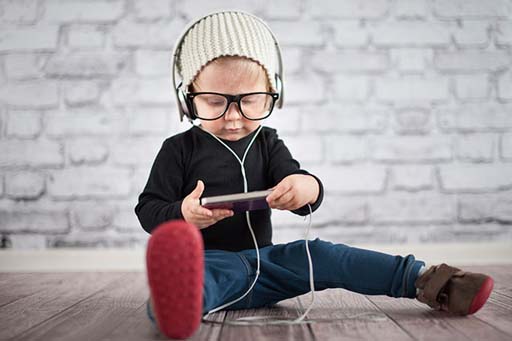1.3.4 Creating responsible digital kids
Young children are immersed in a digitally rich environment, from tablets to desktops and texting to social networks. Digital technologies have potential benefits in the areas of cognitive, social and physical development. They have huge appeal for children, and this can be harnessed to help children socialise, develop and learn.
At the same time, parents and social scientists also fear that children’s over-use of digital technology might result in physical problems such as obesity, social problems such as isolation, or psychological problems such as high levels of aggression. There are also, of course, notable risks associated with online activities and fears from parents and educators about children’s online safety. The suggestion of a digital divide means that children may be using technology in ways unfamiliar to adults, making it increasingly difficult to protect them.
However, simply restricting children’s access or adding security controls won’t offer all the protection they need. Threat is out there, but it is less than face-to-face threat and children are commonly able to find ways of dealing with it. It can be argued that we need to equip children with the skills and knowledge to avoid these risks and become responsible digital children.
Next week you will begin to explore the exciting opportunities that technology can offer for children’s social development, and think about how social media and online interactions are changing as a result of children’s engagement with new forms of online communication.

